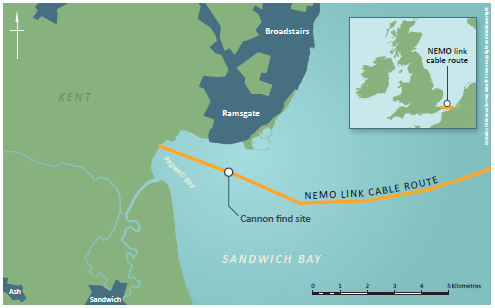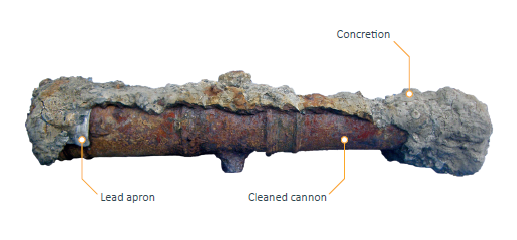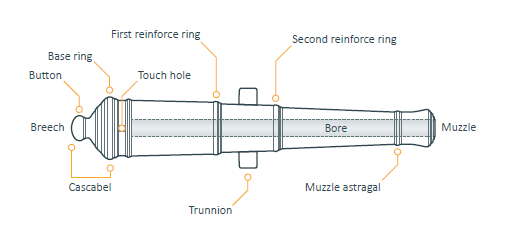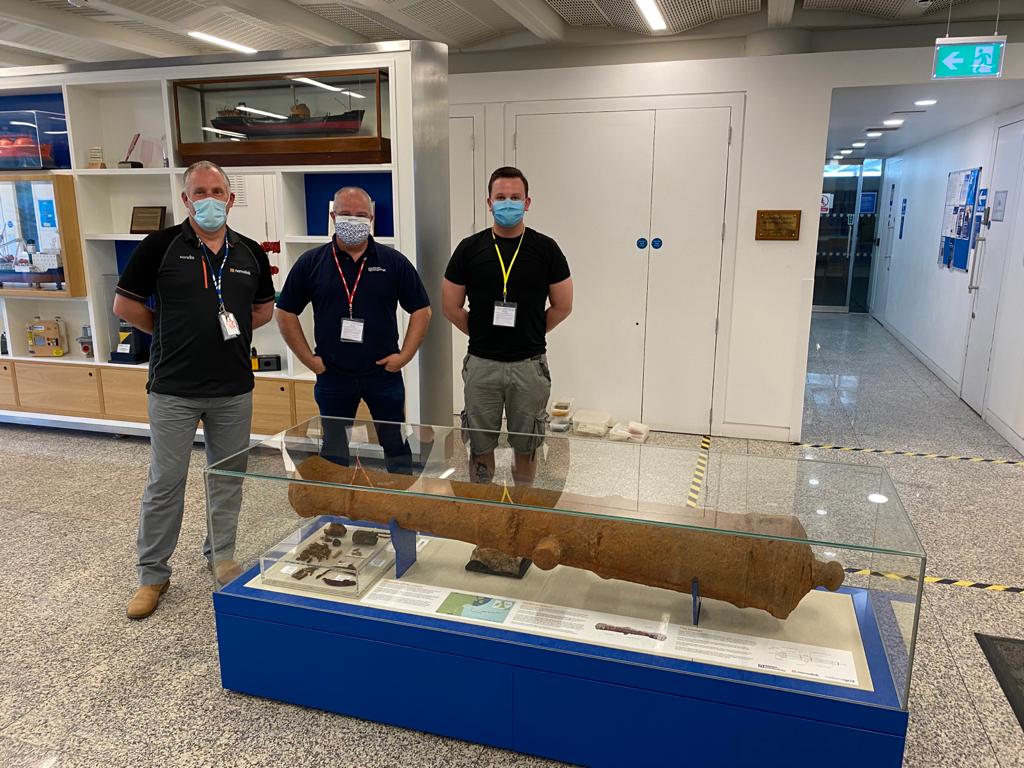We hear more and more about the vital role of interconnectors in connecting to a Net Zero future but we’re not often told how the past can be rediscovered and preserved in the build of an interconnector… It’s the story of the Nemo Link Interconnector and the discovery of a mysterious 18th century cannon.
Discovery of the cannon
Pegwell Bay, the location of the Nemo Link connection point in England, is already famous in history as the landing site of Julius Caesar’s invading Roman army in 54BC. Before construction, Nemo Link commissioned Wessex Archaeology to undertake a programme of specialist archaeological consultancy for the UK element of the marine cable route. The survey data relating to the cable route were assessed for archaeology, which identified ‘anomalies’ that could be damaged by, or cause damage, during the laying of the interconnector cables.

In 2016, a magnetic anomaly was identified during one of these surveys, off the Kent coast (South East England) that indicated buried metal material that could be of archaeological interest. The site was visually inspected the following year by marine archaeological experts using a Remotely Operated Vehicle (ROV) that identified it as a heavily concreted cannon. The object was recovered from the seabed and taken to Wessex Archaeology’s Coastal and Marine department in Salisbury, Wiltshire for further analysis.
Interesting features and findings to the gun’s history
When the cannon was lifted, it was covered in a thick ‘concretion’ of natural marine material which had built up on its surface over the centuries spent on the seabed.

The cannon’s lead apron, which covered the touch hole where the gun was lit, was still attached with retaining strings, suggesting that the gun was still in use when it was lost.
The cannon’s tampion – a wooden stopper used to close the muzzle of the gun barrel – was found sealing its bore, suggesting it could have been loaded at the time of its loss.
The shape and proportions of the cannon suggest it was cast to the ‘Borgard pattern’, meaning it is likely to have been cast between 1715 and 1727. Three pounder guns such as this one were often used as a defensive measure by merchant ships.

Relocation of the cannon
The Wessex Archaeology team have also helped Nemo Link design a bespoke display case for this interesting discovery to contribute to the cannon’s long-term preservation. The cannon is now installed in its custom case, made by conservation experts Armour Systems and showcased in our office at 35 Homer Road, Solihull, UK.

We are excited to showcase this piece of history while continuing to play our part in accelerating to a clean energy future. Perhaps in 300 years a part of Nemo Link, our interconnector will also be proudly on display explaining how it enabled the sharing of renewable energy across Europe?


